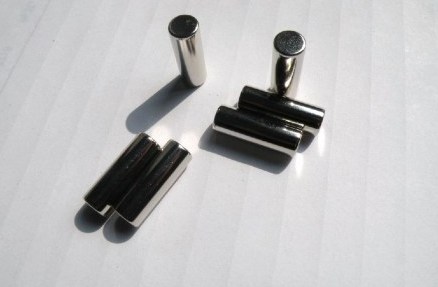
The U.S. Department of Energy, in its Dec. 2011 report entitled Critical Materials Strategy examined the role that Rare Earth Elements (REEs) and other key materials play in clean energy technologies such as wind turbines, electric vehicles, solar cells and energy-efficient lighting. Five of the REEs – dysprosium, neodymium, terbium, europium and yttrium – are considered to be the most critical of the elements considered in the report.
Its often said that each of these Critical Materials represent a market of less than a few billion dollars in a $50 trillion economy so they don’t matter, they are inconsequential and are not really worth investing in. However, let’s look at why they matter and give an example using Rare Earth Elements, and in particular Neodymium.
The current size of the rare earth sector is estimated at US$10-15 billion annually. Global production is about 120,000-130,000 tonnes of rare-earth oxides per year. China provides 97% of the world’s REE production but, according to the USGS Mineral Commodity Summaries 2011, China only has 48% of the world’s known reserves of rare earths. Demand inside China is growing at a faster rate than outside of the country as a consequence China has been imposing export quotas on rare earths which has created two separate rare earth markets – an internal Chinese market and globally, pretty much everyone else. The Chinese export quota for the year sets the global supply and price of REEs.
Demand forecasts indicate steady growth. In the next five years Chinese demand for REEs is expected to grow between 7-12%. In the magnet industry demand for neodymium is expected to grow by about 10% per year. The shift away from electromagnetic systems towards permanent magnetic-based direct drive systems is increasing demand for these high powered magnets. The continuing miniaturization of electronic devices – such as disk drives and micro motors – is possible because of the ability of rare earth magnets to combine high magnetic strength with a small size and weight.
Rare earth oxides are the beginning building blocks used to produce magnetic powders, these powders are the primary material used in the manufacture of rare earth permanent magnets – processing specific combinations of elements results in distinct magnetic and physical characteristics. The main REE oxides consumed in the manufacture of Neo and samarium-cobalt permanent magnets are; neodymium, samarium, some dysprosium and praseodymium.
It is not the size of an individual REEs market, or even the whole critical materials market one should consider. Rather, it’s the manufacture of value added products enabled by these materials that counts.



 Follow us on Twitter
Follow us on Twitter Become our facebook fan
Become our facebook fan










Comments are closed.